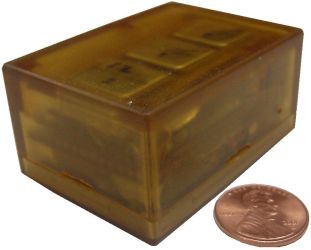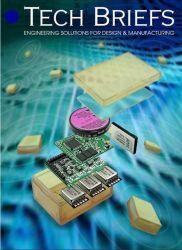Historical

The MicroTAU system is a network of small, battery powered, wirelessly programmable, tri-axial acceleration data recorders.
Each unit was designed to “sleep” in a low power consumption mode until a certain time set by the user where it will then enter into a circular buffered data trigger mode sampling at 250 Hz using programmable trigger threshold levels.
Upon detection of a data trigger, a specified amount of data is recorded at 250 Hz per channel.
Each sleep, trigger, and record sequence is an event.
The MicroTAU units have a two-event capability as well as an auxiliary pressure trigger mode to detect atmosphere before entering into the event two-trigger mode.

The MicroTAU units also have a wireless data synchronization (±30uS @ 250Hz) capability.
Upon completion of the programmed event sequences, the units will enter back into their low power consumption mode to wait for a wireless data download command from the user.
Commands are issued via the MicroTAU graphical user interface running on a laptop with the wireless Receiver Unit interface.
The MicroTAU system is periodically installed in the Space Shuttles to detect vibration of payloads during launch and landing.
MicroTAU has flown on three Shuttle missions starting with STS-108 in December 2001.
- 250Hz Sample Rate
- 3 Internal tri-axial sensors per unit
- Approximate Size: 5.5cm x 4cm x 2.8cm
View the full MicroTAU Technology Profile(MicroTAU.pdf)
Invocon has improved on the MicroTAU technology with the WB (Wide-Band) MicroTAU™ developed for NASA in 2002. Click here for more information about WB MicroTAU.
